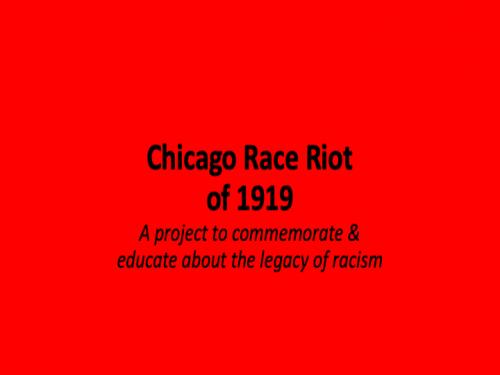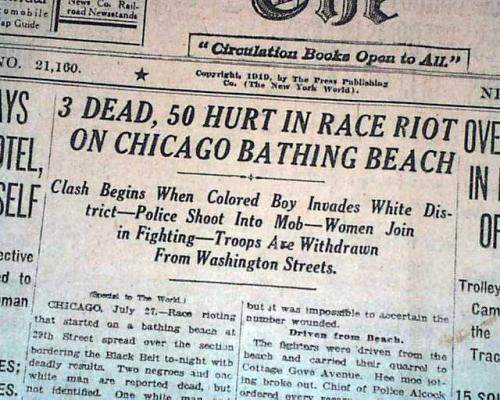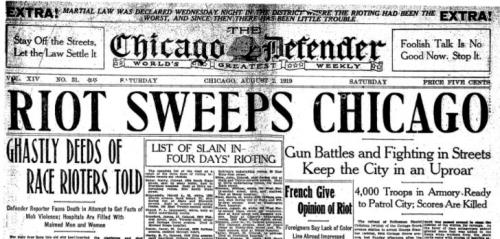University News
WIU Professor Advancing Vision of Public Art Project on the Chicago Race Riot
March 18, 2019
MACOMB, IL – A trip to Germany and a visit to some of the many German memorials to the Holocaust have inspired a Western Illinois University professor to develop a public art project commemorating 38 people killed during the Chicago Race Riot of 1919. Still the worst incident of racial violence in Chicago history, few people know this event occurred let alone the tremendous influence it had on the city—to this very day.
History Professor Peter Cole noticed during a recent trip to Germany that there were commemorative plaques, embedded into sidewalks, that marked the last-known residences of Holocaust victims. The "Stolpersteine," or stumbling blocks, were created to recognize Holocaust victims and remind contemporary Germans and other Europeans that the past continues to shape the present so it cannot be forgotten.
"It strikes you as you're walking and see these stumbling stones; you stumble metaphorically," he said. "The Germans are doing an impressive job of owning the nasty part of their history, and I became inspired by the example of another culture choosing to grapple with its historic persecution. By contrast, 400 years after the first enslaved Africans were brought to colonial Virginia and more than 150 years after the abolition of slavery, not a single national monument to this tremendous crime exists. By contrast, there literally are thousands of public monuments, parks and statues dedicated to Confederate leaders who went to war to protect slavery."
In 1919, the Chicago Race Riot began after an African-American teenager drowned after being stoned by a white man who chose to enforce the city's unofficial racial segregation codes. Thirty-eight people were killed and 537 injured during the five days of rioting.
Stolpersteine spurred Cole to begin developing a similar project to mark events associated with the Chicago Race Riot and, more generally, the legacy of racial violence across the nation. His goal is to create similar commemoration markers for each of the 38 people killed.
Cole's project began with a February 2018 opinion piece published in The Washington Post, which discussed how Germany handles the Holocaust and offered possible ways to mark spots incidents of racial division in the United States. He applied for and won a $2,500 grant from the Illinois Humanities Council to further develop this public art project.
"I hope to hire an artist so we can bring our own creativity to the project; I hope it will be unique," said Cole. "I want to have artistic markers installed at the locations where those thirty-eight people were killed in Chicago in 1919. We do so to appreciate the immense legacy of racial violence that persists to this day. For instance, Chicago remains perhaps the most racially segregated big city in the country."
Cole is applying for additional grants to advance the project and intends to use a short video to "crowdfund" this Spring. Although not yet live, the future website will be found at ChicagoRaceRiot.org.
For now, to follow the progress of the project, follow it @chicagoraceriot on Twitter.
Posted By: Jodi Pospeschil (JK-Pospeschil@wiu.edu)
Office of University Communications & Marketing




Connect with us: